It was the 13th of March. In my inbox was the daily news in French email and it began by saying on that day in 1593 the painter Georges de la Tour was born, and he became famous for high contrast painting. The article showed the painting of “The Newborn Child” and this inspired me to seek out high contrast images. Not having a mother, newborn baby and midwife plus studio lighting to hand, I tried to search out high contrast street scenes and in the Zojo-ji temple near Tokyo Tower. It was the day of my arrival and I was carrying my Leica iiig and Leitz 50mm Summitar lens (used for the images shown here), spare film, clothes and other kit for a four day stay. Needless to say after a while my feet were complaining so the latter part of my search took place in the more restricted space of the temple grounds.
The game of the day therefore was seek out high contrast scenes, bury the blacks and control the highlights. I was shooting Fomapan 100 Classic at box speed, stand developed in Rodinal at 100:1 and scanned using a macro lens and digital camera on the Black Box 135. Processing took place in RawTherapee converting the RAW file to a positive B&W image, cropping and straightening, then the fun begins. The “tone matched contrast curve” is a disaster in these situations – it tries to recover blacks which is the opposite of what we want. It’s best to start with the straight line contrast curve, select ‘flexible tone curve’ and drag the left hand (dark) point to at least the start of the histogram but generally even further. The next step is also a matter of taste, adjusting the rest of the curve to give a pleasing high contrast result which generally means pulling the highlights (and the rest of the curve to some extent) down. Similar adjustments can also be made in GIMP as well as other software. I have to say, and you are welcome to completely disagree, I am very impressed with the performance of the lens (one exception shows a reflected highlight) and I like the final results very much. Thanks Georges!
The featured image was taken at the entrance to the temple. This and other images were taken at f8 or f11 and shutter speeds around 1/500th second.
Not all images show areas of interest in the highlights – the interest in the following image is simply the pattern of light and shadows.
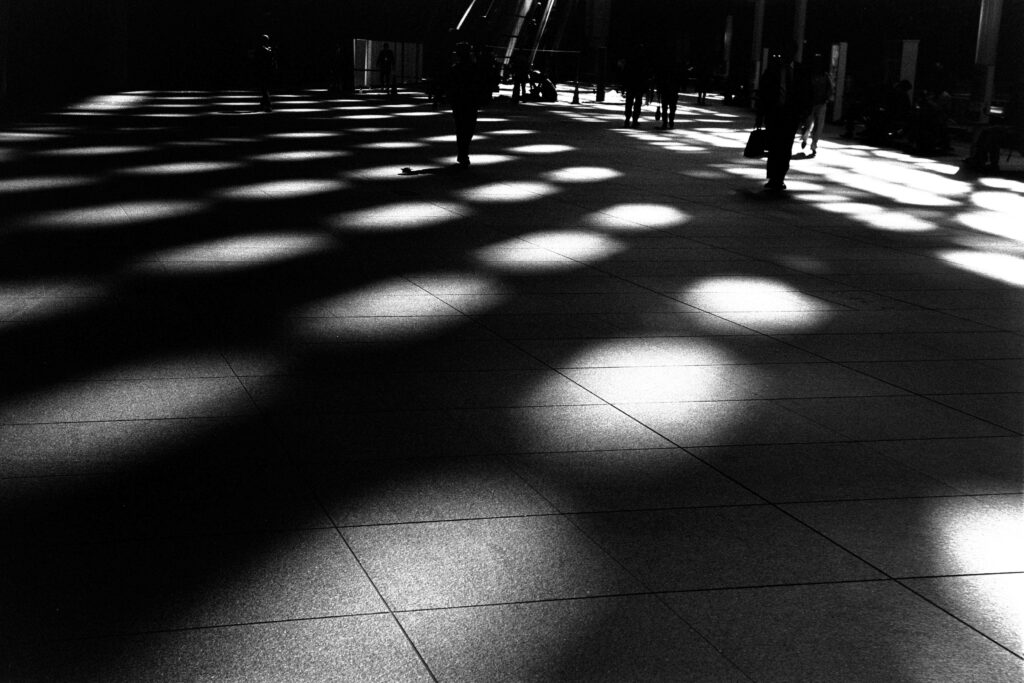
The following image was taken from inside the walkway under the train line and shows sun reflected off vehicles, necessarily overexposed in order to expose the sunlit street normally. Two internal reflections can be seen slightly left of centre.
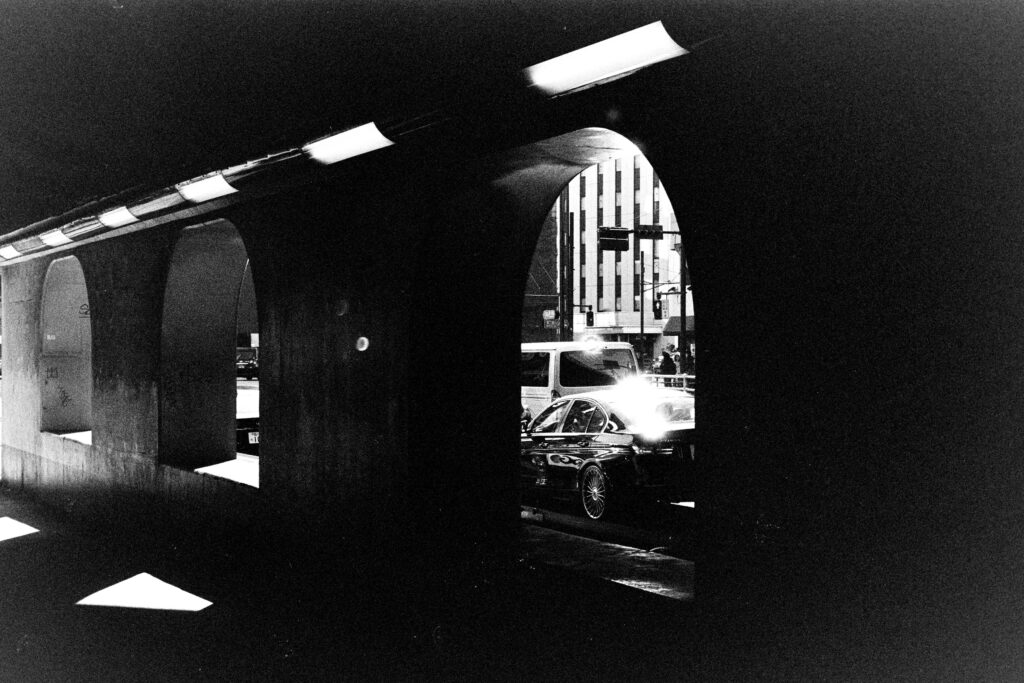
The great bell in its housing , the horizontal striking beam off to the right on ropes
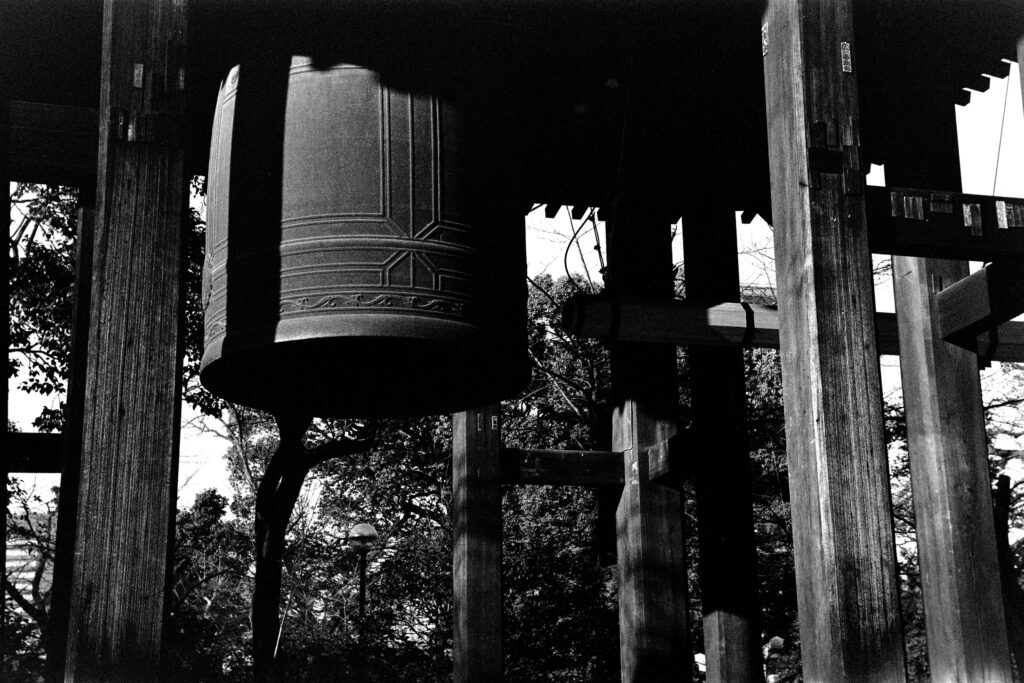
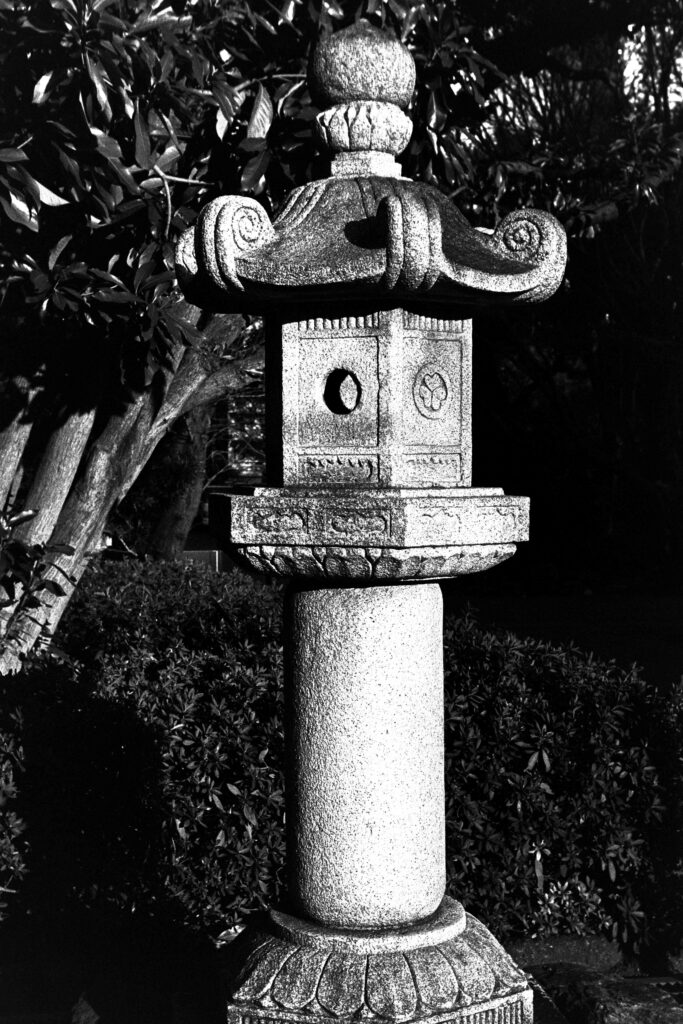
“Jizo” statues, prayed to in their role as protectors of children living and deceased
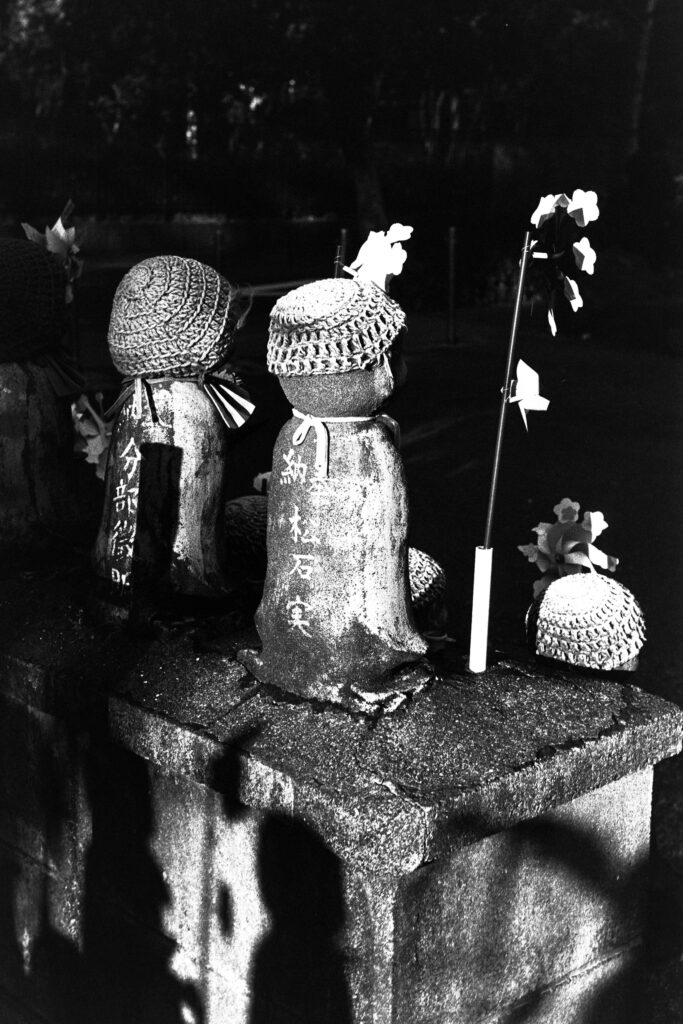
Well, that’s five plus the featured image 😉
Share this post:
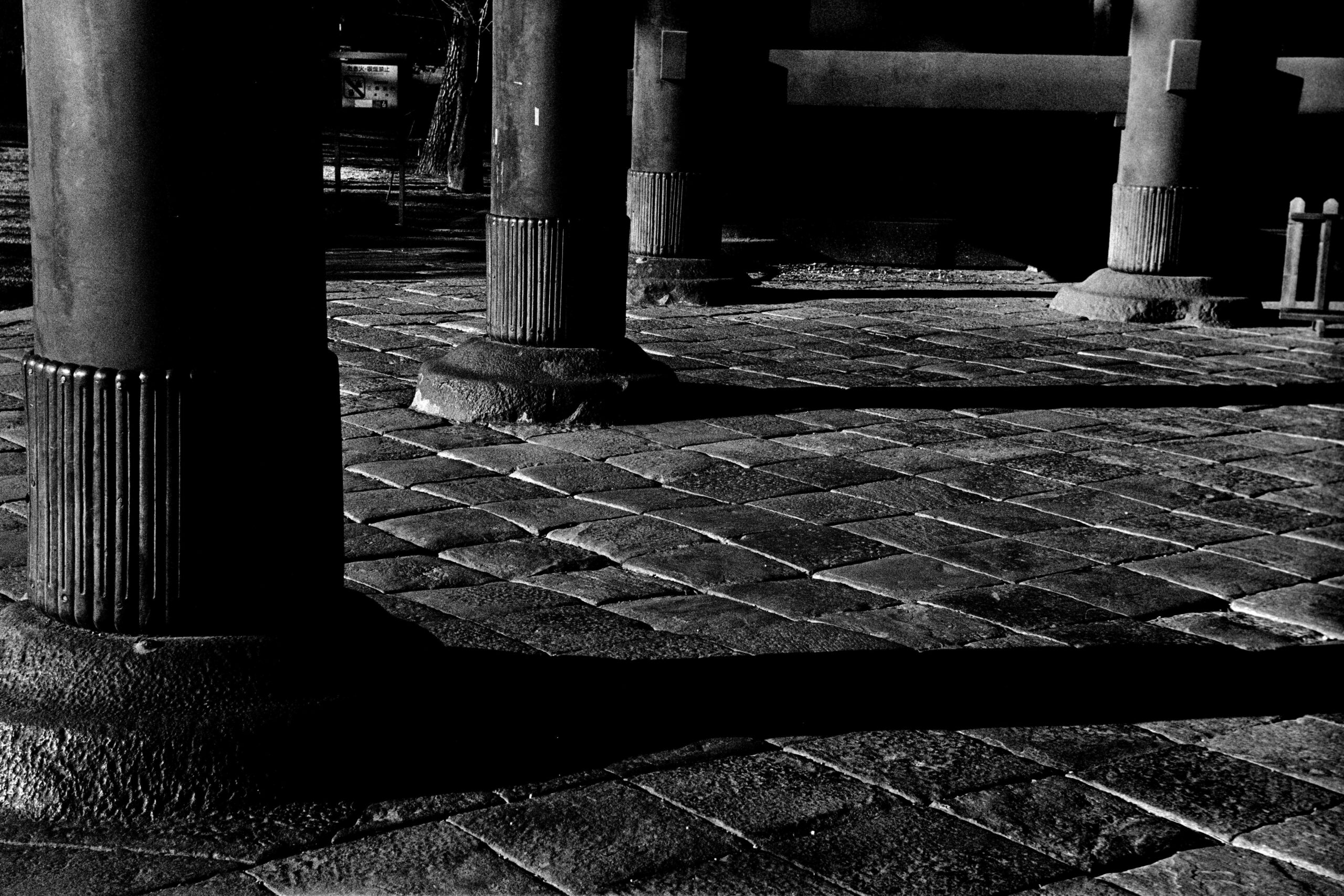

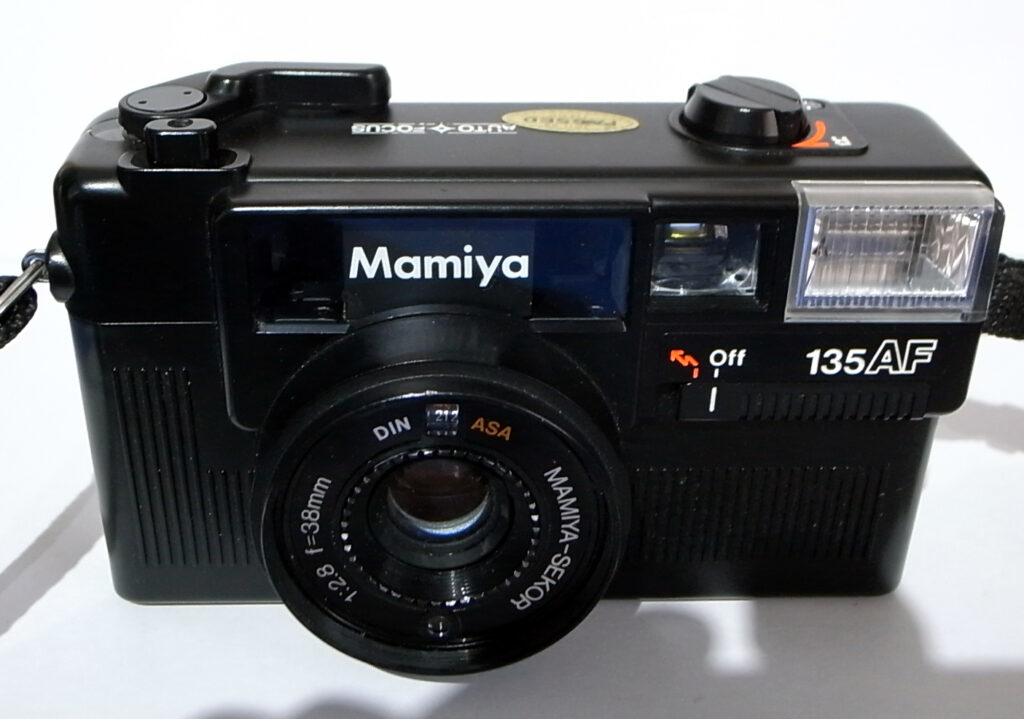
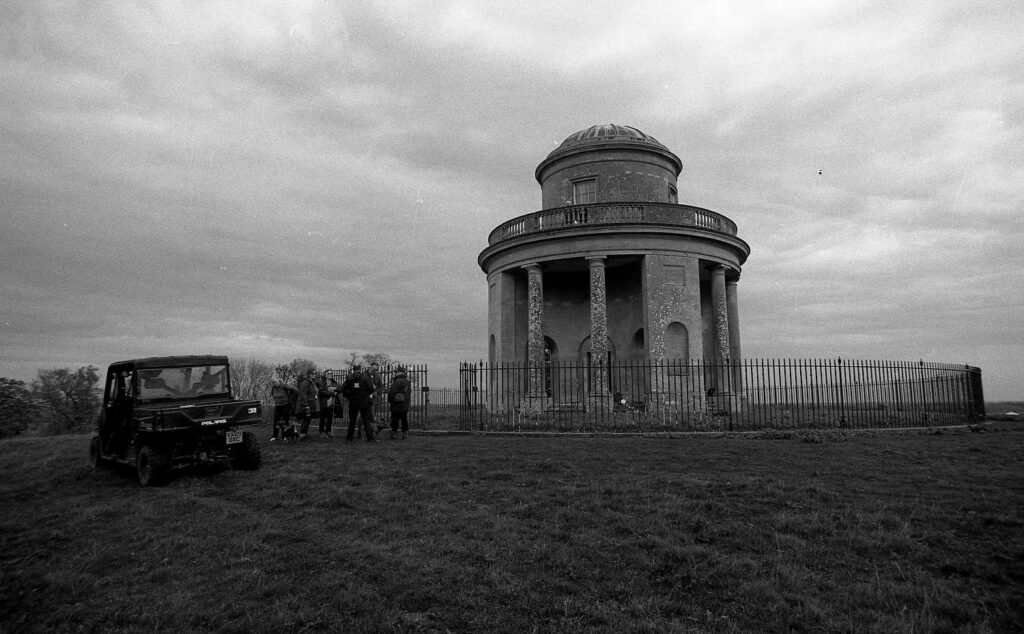
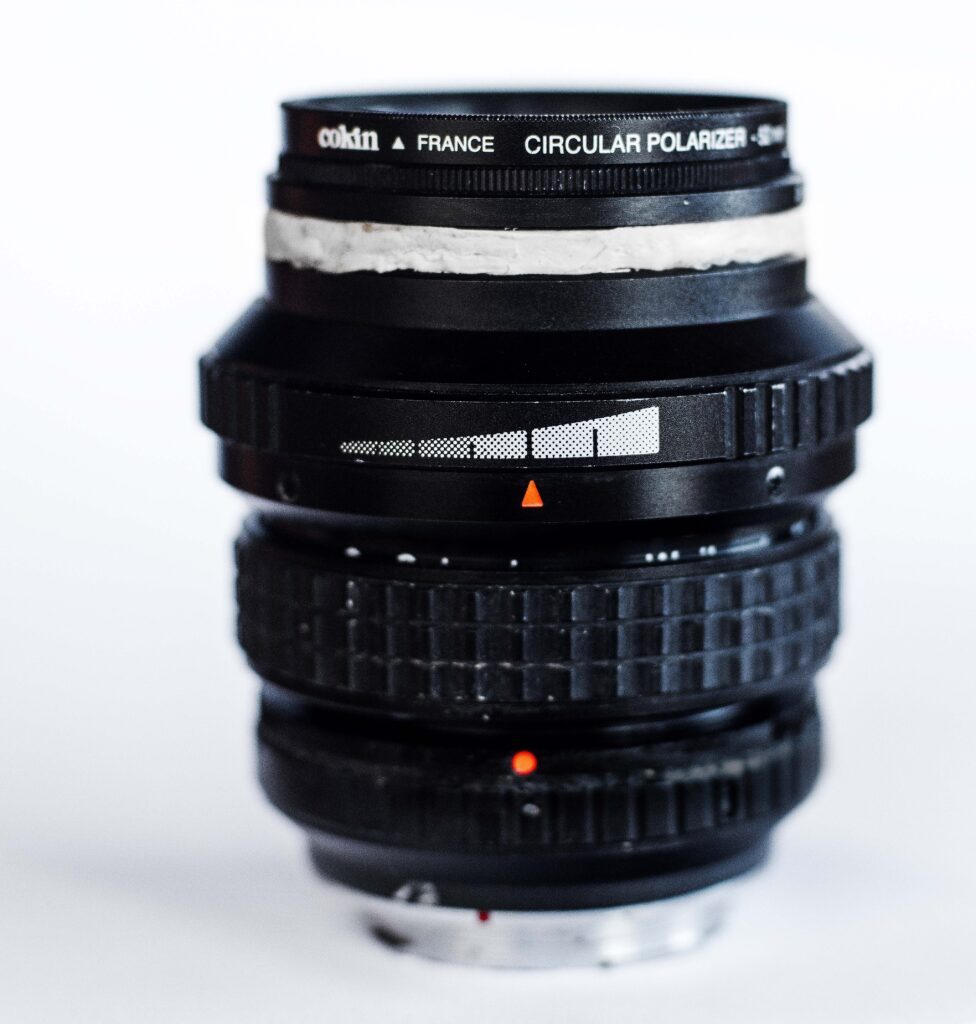




Comments
Jukka Reimola on 5 Frames inspired by Georges de la Tour
Comment posted: 14/05/2024
Comment posted: 14/05/2024
Marco Andrés on 5 Frames inspired by Georges de la Tour
Comment posted: 14/05/2024
.
While the high contrast painting of George de la Tour is one example of tenebrism (dramatic chiaroscuro), the transgressive Italian painter Caravaggio pushed the envelope even further.
.
Tenebrism has its counterpart in photography in the term « low key » ´(see the 1931 Imogene Cunningham portrait « Frida Kahlo » and the 1966 Wynn Bullock image « The shore » ).
.
Tenebrism has also been used in cinema/television. The recent b/w Netflix series « Ripley » employs this technique masterfully. The series is based on the 1955 Patricia Highsmith novel « The Talented Mr. Ripley », the source for two colour films: « Purple Noon/Plein Soleil » with Alain Delon as Tom Ripley (1960) and the film with the same title with Matt Damon in that role (1999).
Comment posted: 14/05/2024
Comment posted: 14/05/2024
Comment posted: 14/05/2024
Comment posted: 14/05/2024
Gary Smith on 5 Frames inspired by Georges de la Tour
Comment posted: 14/05/2024
Great way to spend a day with a specific goal in mind.
Your shots are great (as always).
Comment posted: 14/05/2024
Daniel Emerson on 5 Frames inspired by Georges de la Tour
Comment posted: 14/05/2024
Your shots and narrative, amplified by Marco in this instance, continue the deliverance of technique and meaning into my conceptualization of photography. As always, the textures in your highlights are sublime and your use of perspective builds the sense of space. I always learn and set aspiration from your posts.
Regards
Daniel
Comment posted: 14/05/2024
Comment posted: 14/05/2024
Marco Andrés on 5 Frames inspired by Georges de la Tour
Comment posted: 14/05/2024
Jeffery Luhn on 5 Frames inspired by Georges de la Tour
Comment posted: 15/05/2024
Comment posted: 15/05/2024
Julian Tanase on 5 Frames inspired by Georges de la Tour
Comment posted: 15/05/2024
Inspirational, really !
Comment posted: 15/05/2024
Ibraar Hussain on 5 Frames inspired by Georges de la Tour
Comment posted: 15/05/2024
I didn’t understand the other technical stuff about curves though !! ;)
Comment posted: 15/05/2024
Comment posted: 15/05/2024
Daniel Emerson on 5 Frames inspired by Georges de la Tour
Comment posted: 15/05/2024
Comment posted: 15/05/2024
Tony Warren on 5 Frames inspired by Georges de la Tour
Comment posted: 16/05/2024
On a technical level, the left slider of Levels can be the key as you say but if you have a "Brightness/Contrast" option it can give a lot of control.
Finally, the temple light has enlightened me about a similar artifact in a local Japanese theme garden.
Great photography as always.
Comment posted: 16/05/2024
Comment posted: 16/05/2024
Paul Quellin on 5 Frames inspired by Georges de la Tour
Comment posted: 16/05/2024
Comment posted: 16/05/2024
Daniel Castelli on 5 Frames inspired by Georges de la Tour
Comment posted: 18/05/2024
Comment posted: 18/05/2024